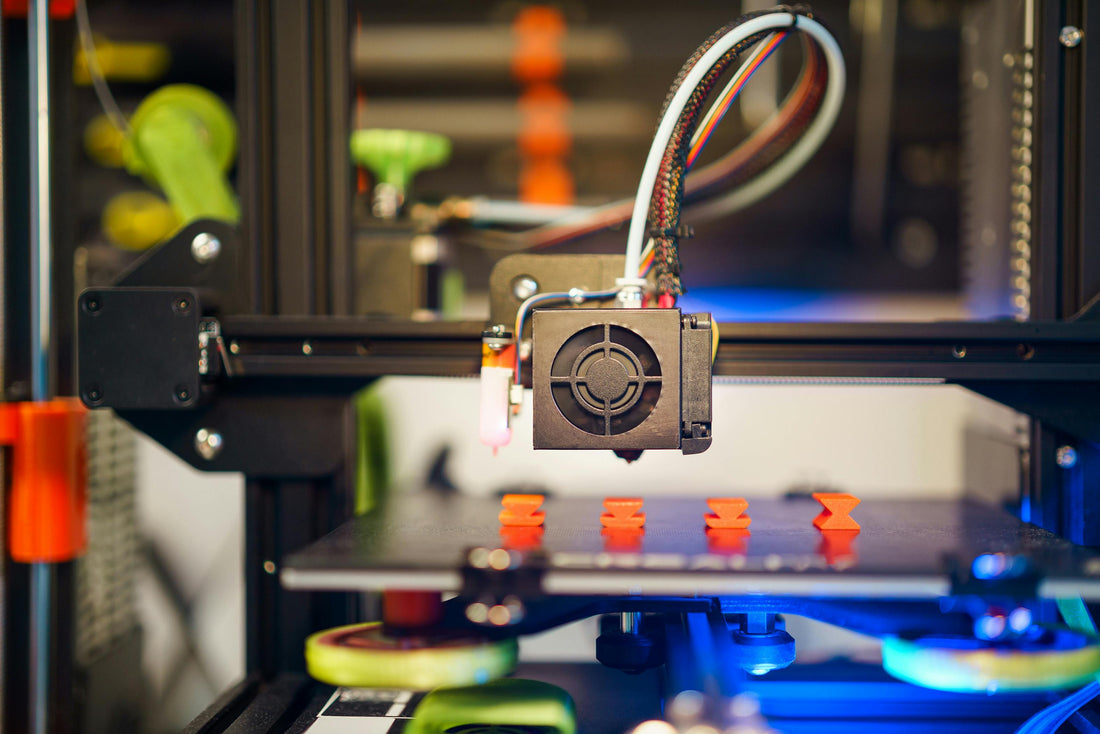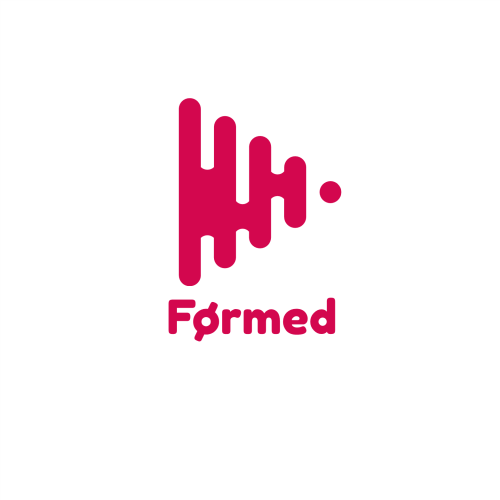
Exploring the World of 3D Printing Filament: A Comprehensive Guide by Førmed 3D
Share
At Førmed 3D, we understand that the choice of filament is crucial to the success of any 3D printing project. With a wide variety of materials available, each offering unique properties and characteristics, selecting the right filament can make all the difference in achieving the desired results. In this blog post, we'll explore the different types of 3D printing filament and their applications, helping you make informed decisions for your next project with Førmed 3D. All of our widely available products are produced from PLA. Our printing service however offers a wide range of filaments to select from to meet your individual projects needs.
-
PLA (Polylactic Acid): PLA is one of the most popular and widely used filaments in 3D printing. Made from renewable resources such as corn starch or sugarcane, PLA is biodegradable, non-toxic, and easy to print with. It offers excellent dimensional accuracy, minimal warping, and a wide range of vibrant colors, making it ideal for a wide range of applications, including prototyping, hobbyist projects, and educational purposes. PLA-Carbon Fibre is also available.
-
ABS (Acrylonitrile Butadiene Styrene): ABS is a durable and impact-resistant filament commonly used in industrial and engineering applications. It offers high temperature resistance, strength, and flexibility, making it suitable for functional prototypes, mechanical parts, and automotive components. However, ABS can be challenging to print with due to its tendency to warp and emit fumes, requiring a heated build platform and adequate ventilation.
-
PETG (Polyethylene Terephthalate Glycol): PETG is a versatile filament known for its durability, transparency, and ease of use. It offers high strength, chemical resistance, and low shrinkage, making it suitable for a wide range of applications, including mechanical parts, packaging, and medical devices. PETG is also food-safe and recyclable, making it an environmentally friendly option for 3D printing. PETG is food safe and BPA free, hence its widespread use in the pharmaceutical and food industry.
-
TPU (Thermoplastic Polyurethane): TPU is a flexible and elastic filament commonly used for printing soft and rubber-like objects. It offers excellent impact resistance, abrasion resistance, and flexibility, making it ideal for applications such as flexible phone cases, gaskets, and footwear. TPU is available in various hardness levels, ranging from soft and squishy to firm and rigid, allowing for customization based on specific project requirements.
-
Nylon: Nylon is a strong and durable filament known for its high tensile strength, impact resistance, and chemical resistance. It offers excellent layer adhesion and surface finish, making it suitable for functional prototypes, mechanical parts, and engineering components. Nylon is also lightweight and low friction, making it ideal for applications such as gears, bearings, and structural components.
-
Woodfill and Metal Fill: Woodfill and metal fill filaments are composite materials that combine PLA or other base polymers with finely ground wood or metal particles. These filaments offer unique aesthetics and properties, mimicking the appearance and characteristics of wood or metal while retaining the ease of printing and post-processing of traditional filaments. Woodfill and metal fill filaments are commonly used for artistic projects, decorative objects, and architectural models.
Conclusion: With a wide range of materials available, each offering unique properties and characteristics, selecting the right filament is essential to the success of any 3D printing project. Whether you're prototyping, producing functional parts, or creating artistic designs, Førmed 3D offers a diverse selection of high-quality filaments to suit your specific needs and requirements. Explore our range of filaments and unleash your creativity with Førmed 3D.
